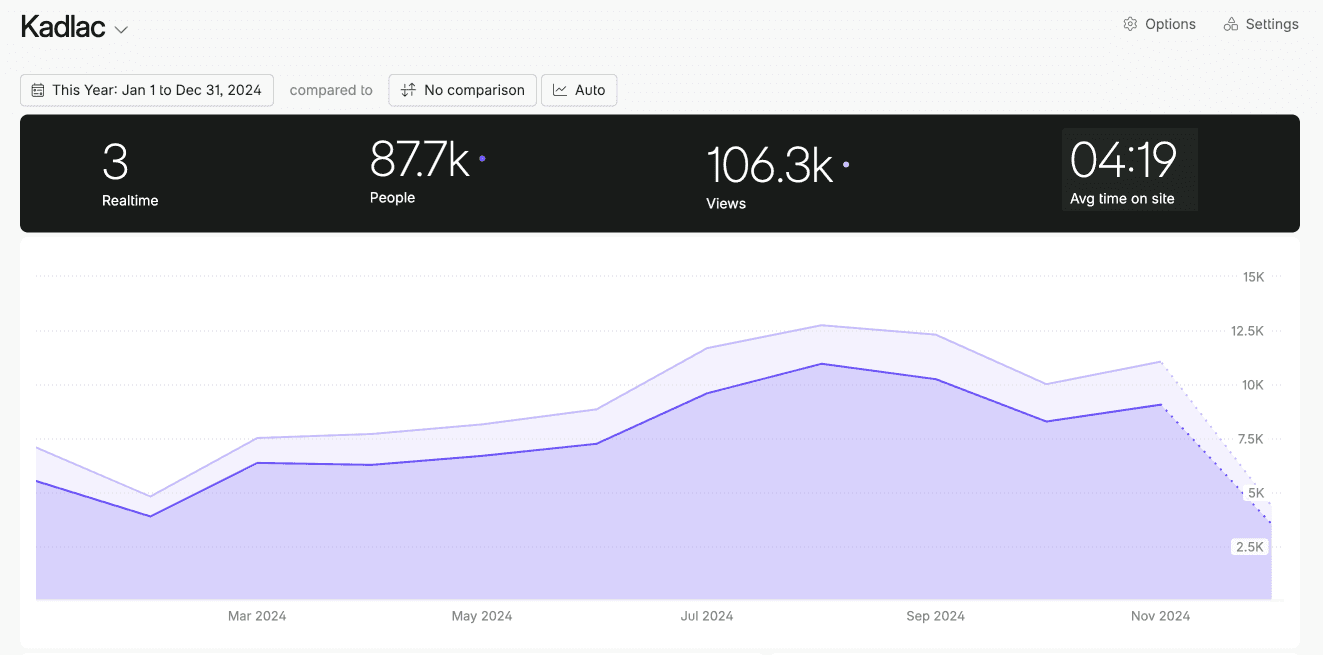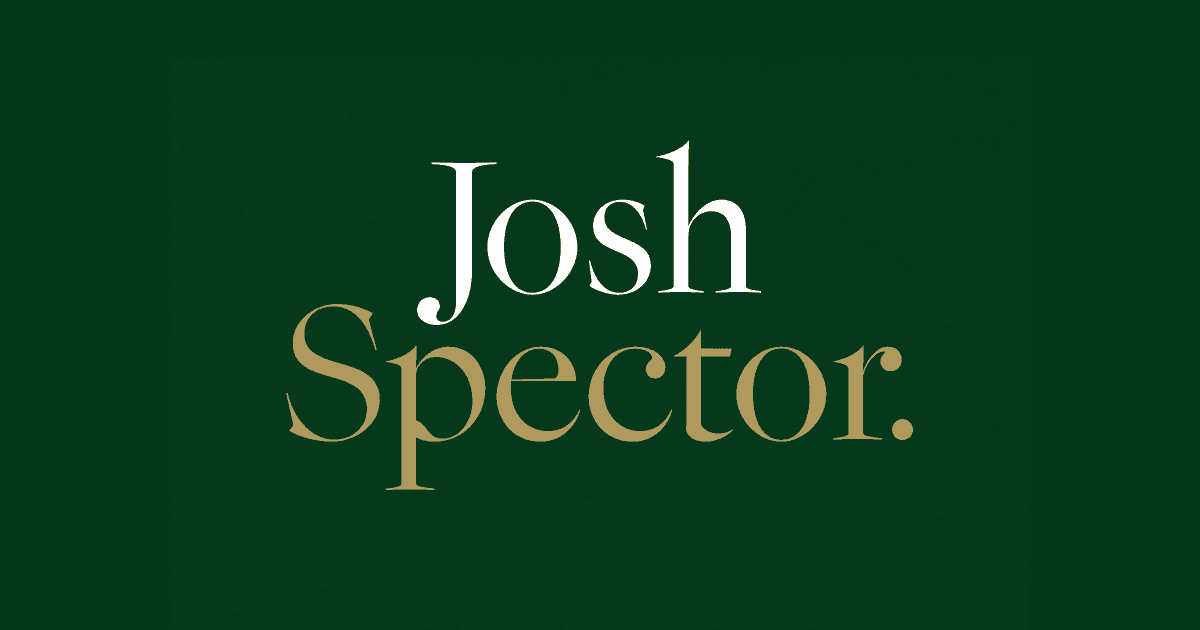Aug 27, 2020
A few years ago I read a book, “Influence: The Psychology of Persuasion.” Not long after, I blindly referred the book to a friend, who immediately asked me to give me a 30-second pitch on why he should read it.
I fumbled around for the words and insights I had gleaned, not remembering exactly what I took away from it. Ironically, a book about influence, and here I couldn’t even fake a compelling story about why he should invest time to read it.
If you’re like most people—and me not long ago—the lack of memorable observations is an infinite blur weighted with shame and frustration, knowing it’s just another book we’ll have to re-read. How could we have forgotten all of those insightful gems?
There's an initial rush when you realize a book has affected your perspective. You’re given an additional mind-lever you can operate to change how you see the world at any given time. This is why reading is so attractive and deserving of our time.
Until time travel becomes a thing, we’re busy trying to maximize the hours and days that disappear into the night. One way we capitalize on this is by reading as quickly as our eyes can scan the page. We hope on this particular day, our brains are feeling extra sticky, flawlessly indexing our ideas into the hippocampus.
So what's the point of reading quickly if you don't remember anything?
The sunk cost of reading
If reading is like running a race, our instinct is to push through to the end, no matter the cost. We need to make it to the finish line because we have invested too much time up until this point. When that feeling collides with the fear of missing out, we stop in our tracks. Try to ignore this feeling and take a hard left turn out of the race.
The negative side effects of this can throw a wrench into your reading habits. If you're too invested in a book but you're too bored to finish it, you are more than likely to stop reading altogether, instead of picking up a different book.
The sunk cost of reading can influence whether we build on our reading habits, or find a cave to crawl into, never to read again until we finish the book we started.
The art of reading slowly: Adding constraints
We're living in a fast-paced world full of self-help books and productivity hacks designed to make the most efficient use of our time. It may seem counterintuitive to slow down, but the benefits help us uncover the author’s intent and connect those ideas to our own.
In the same way that Twitter’s 280 character limit simplifies our thinking to become better writers and thinkers, adding similar constraints to our reading process can help us become slower, more engaged readers.
There are three distinct ways to add constraints.
Choosing the right book
I’ve got a stack of books on my desk at the moment. Some are half-read, some have fresh bindings, yet to be cracked. They are there to make sure I don’t forget about them. A simple trick is to leave different books around your home so they might inspire you at the right time.
We can’t read what we’re not excited about. And if you’re in the middle of a terribly tough read, I urge you to set it aside.
If there’s a book I just can’t finish, I don’t want to lose out on the main ideas before they disappear into the ether. Maybe I’m bored, or the timing of the book is off. But, instead of ditching it immediately, I’ll take out a notecard and write down any ideas that I had on a piece of paper, and then slip it into the front of the book. It will be waiting for me next time I pick it up.
Knowing whether we chose the right book at the right time isn't always clear when we dive in. And what if the book is terrible?
Mark Twain said, “The man who doesn’t read good books has no advantage over the man who can’t read them.” Reading books that refuse to inspire has no advantage over not reading it at all.
Start by reading backward

Slow reading doesn’t start with reading. Before we begin, we’ll layer another constraint to prevent you from running blind down the wrong path.
What is the author trying to teach us? A quick way to find out is to scan the index of the book. Think of the index as a treasure map, guiding us to all of the hidden gems that might interest us without having to wait.
Let's say you have been recommended a book by a trusted friend, but you really don't know what the author is writing about. A concept that Brian Tobal talks about in his essay about Surgical Reading, is to “index” the book. This means, flip the book open to the index, and take 5-10 minutes to scan through it, marking or writing down the concepts and ideas that are most interesting.
For example, I read “The Elements of Typographic Style” and noticed in the index that Benjamin Franklin was mentioned. I thought this was odd based on the title of the book. Curious, I flipped to that page and learned that Baskerville was one of his favorite typefaces while he was working as an editor. He was also friends with the designer, John Baskerville. This story made it into an article of mine, and if I were speeding through the book, I might have missed it.
Another useful way to use the index is to look for clusters of writing that reveal large concepts. For example, if you’re reading a book about Buddhism, and the author spends 25 pages on Christianity, this tells us that they might be revealing some overlap or insights about how they intersect. This may or may not be interesting to you, but this could end up being 10% of a 250-page book, which tells us a lot about the author’s goals. If this piques your interest, jump directly into that section and read that first, before ever starting at page one.
Taking 20 minutes to jump between clusters gives you a much better sense of whether this book is suited for you or not. If it’s not, write a few notes about how it made you feel and put it back on the shelf.
The main takeaway here is to act as a literary detective for your own interests, investigating the treasure map for keys into whether you’ll stick with the book or not. Don’t invest your time if you aren’t genuinely excited about it.
Draw conclusions in your own words

Contour line drawing is a simple technique that consists of drawing using one line, without looking at the paper. You focus your eyes on the figure in front of you, never allowing your pen to leave the paper. You draw the figure as an extension of your mind, connecting the two intimately. If instead, you studied the figure and then tried to draw from memory weeks later, you wouldn’t even come close.
Similarly, this mind trick can apply to note-taking while you're reading. By taking notes and asking questions while reading, you're having a dialogue with the author. The key to remembering insights from the book is not to just copy the text, but to rewrite the ideas and how they connect in your own words. By doing this, a direct line is drawn from what the author is presenting to the new idea that you had by reading.
Richard Feynman once said he could only determine whether he understood something if he could give an introductory lecture on it. Knowing how to distill a complex idea into a simple concept that we understand, is how we’re able to more quickly recall memories in different contexts.
Become a slower reader
By reading slowly at a cadence of only 20 pages a day will allow you to read over 7,000 pages in a year. That’s the same as reading War and Peace five-and-a-half-times!
20 pages per day is a trivial enough amount that we can add layers of constraints such as asking questions, mapping the index, switching books when we get bored, and writing down our own ideas.
This is the formula for transforming ourselves into a truly active, deliberate, and slow reader.
Stay slow out there.
Curious about what tools will help you build your own creative business?
Get my free toolkit of 59+ resources that will help you learn, create, and sell online.



